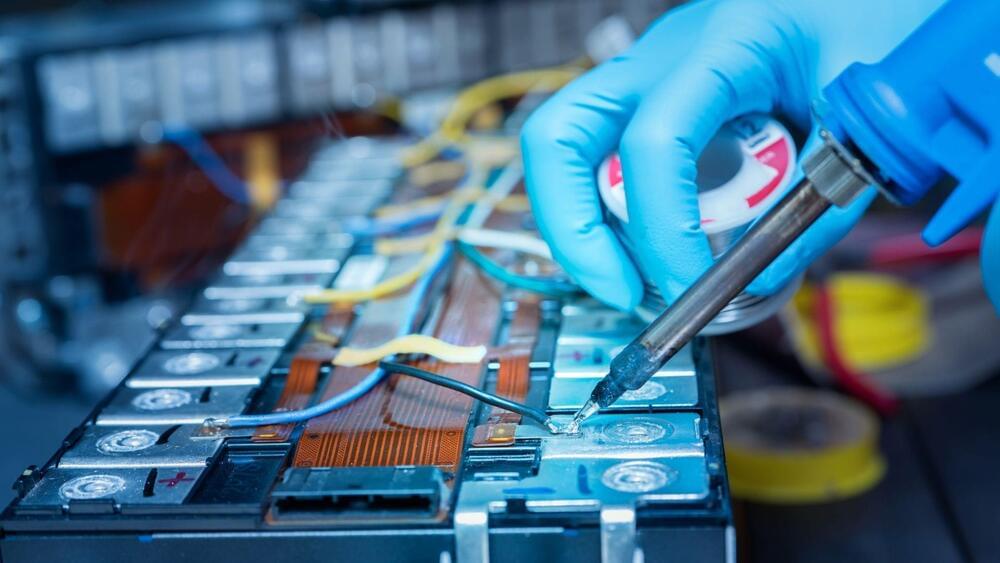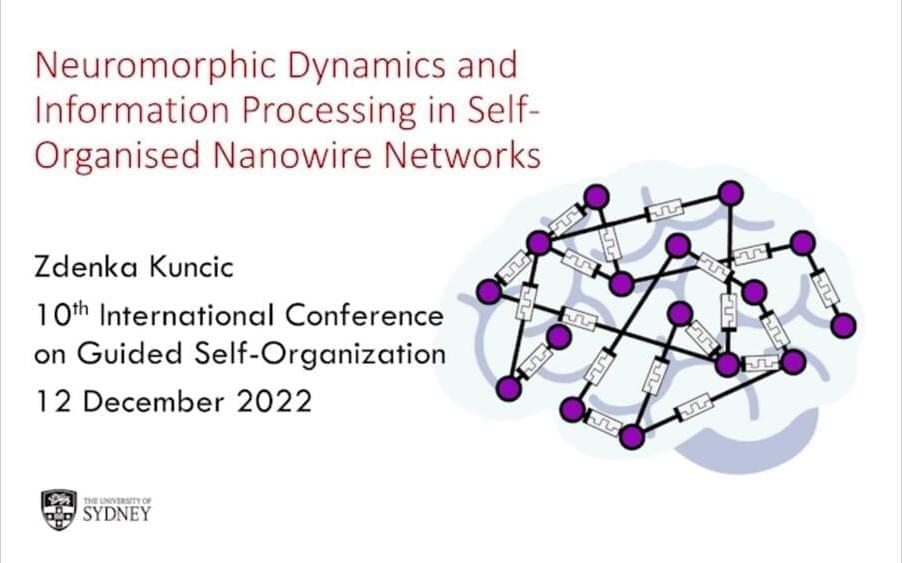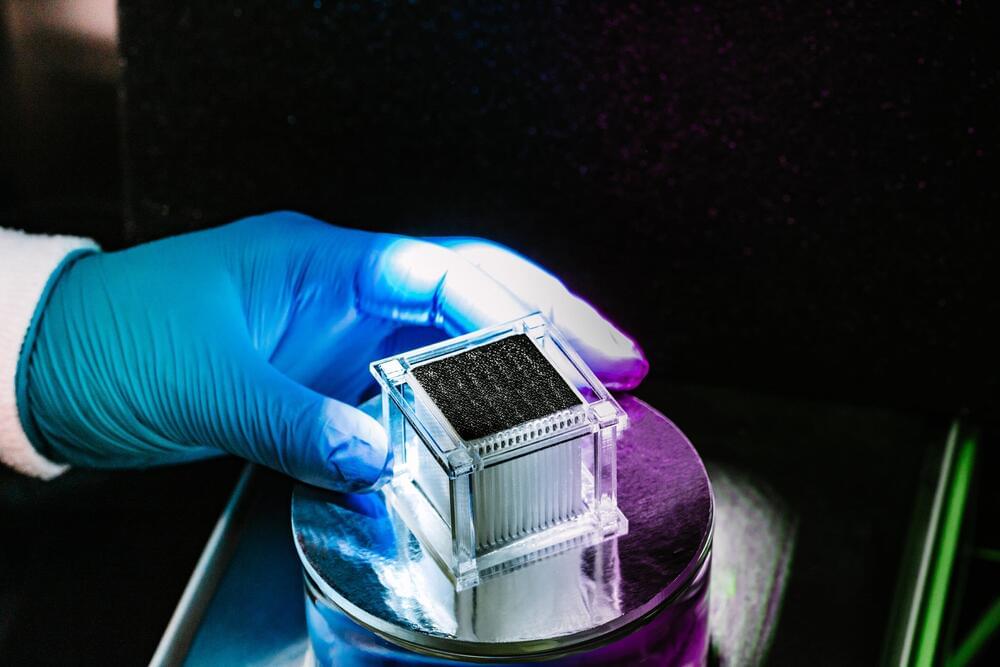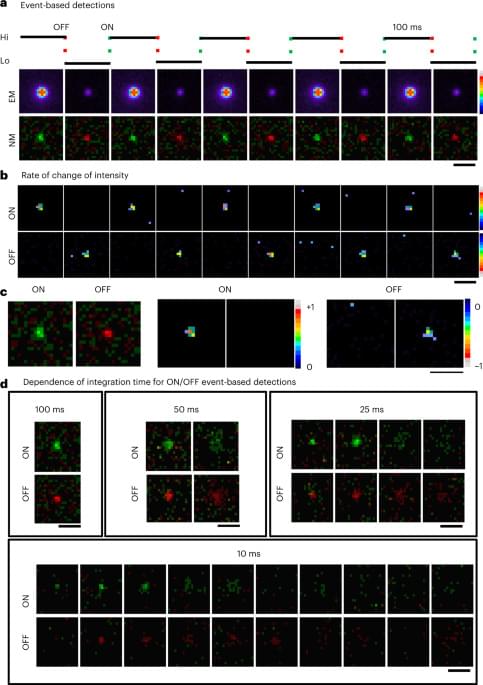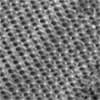Jan 31, 2023
Scientists solved mystery to make next-gen lithium batteries
Posted by Gemechu Taye in categories: energy, nanotechnology, sustainability, transportation
Nanoscale defects and mechanical stress cause the failure of solid electrolytes.
A group of researchers has claimed to have found the cause of the recurring short-circuiting issues of lithium metal batteries with solid electrolytes. The team, which consists of members from Stanford University and SLAC National Accelerator Laboratory, aims to further the battery technology, which is lightweight, inflammable, energy-dense, and offers quick-charge capabilities. Such a long-lasting solution can help to overcome the barriers when it comes to the adoption of electric vehicles around the world.
Fahroni/iStock.
Continue reading “Scientists solved mystery to make next-gen lithium batteries” »
